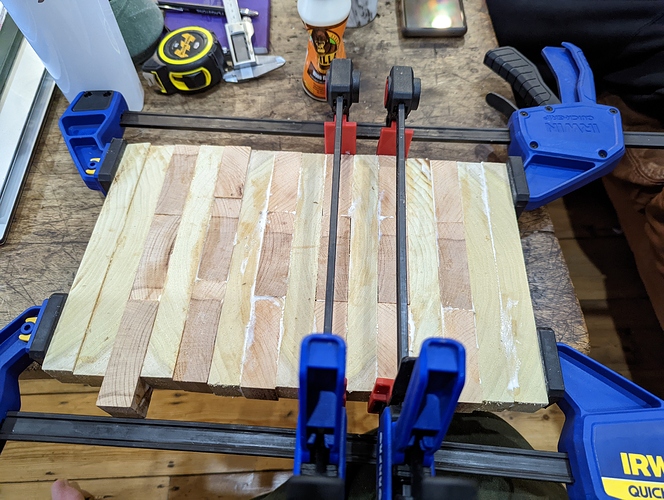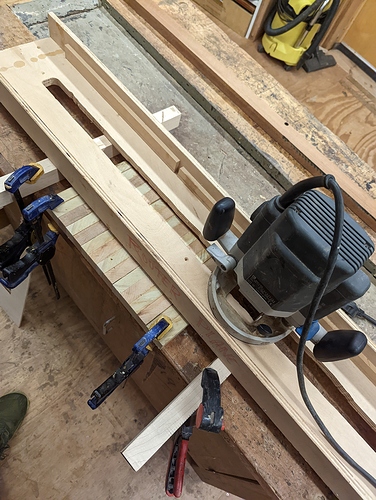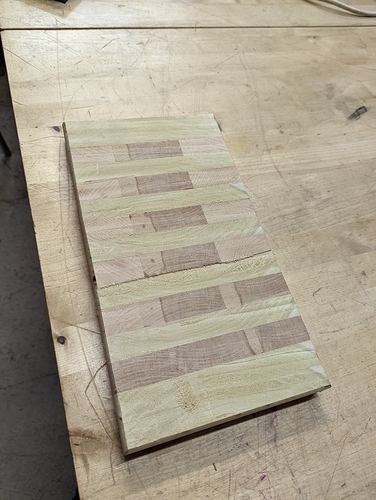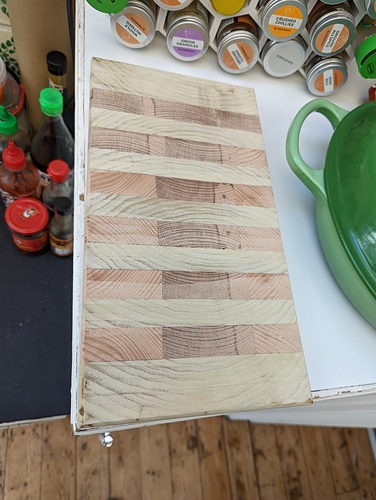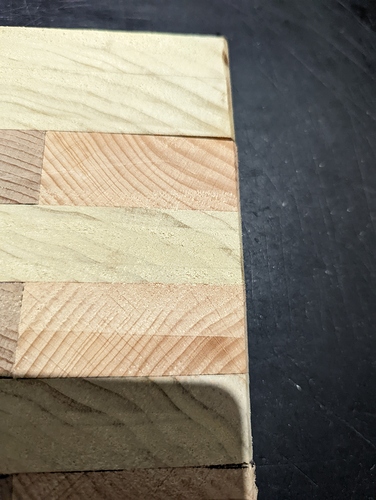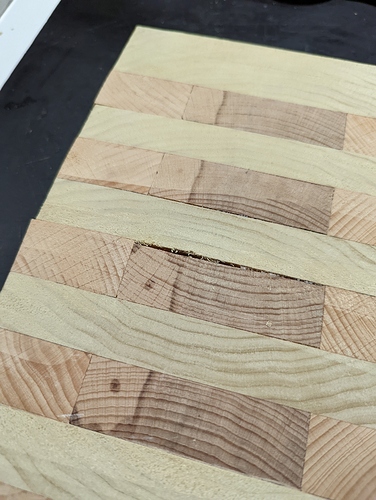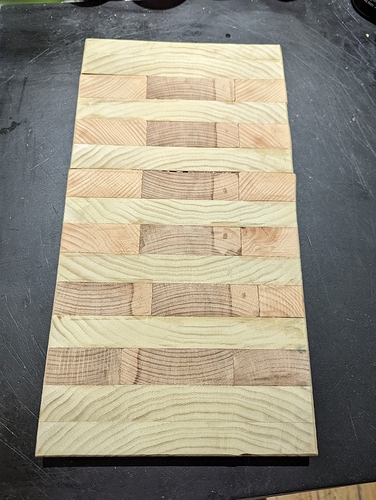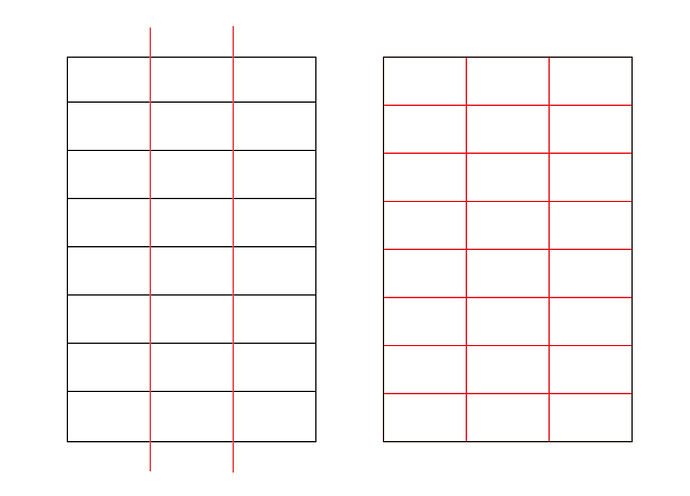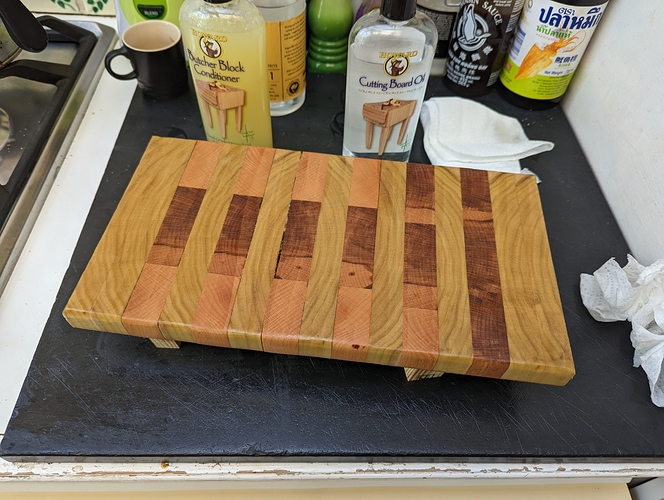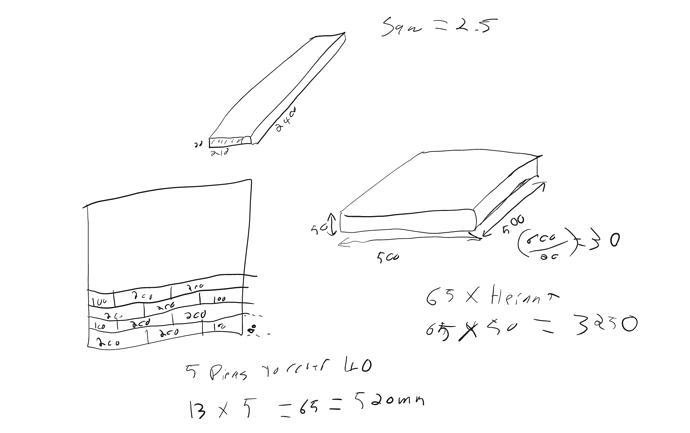Hello fellow makers
I have been thinking about making a large / very large Cutting board. At Christmas I purchased a XL Big Green egg and have been practicing cooking large pieces of meat i.e. Brisket. I have found that I now don’t own a large enough chopping board to cut such things on.
I have some experience with wood and a have made things like Speakers ect. however I have never made a chopping board and will have to research things like the correct woods to use and correct things to use to seal the board.
At the minute I am picture something fairly think and square in Shape, with a routed gutter to catch all of the juices.
I welcome any ideas and suggestions that anyone has!




